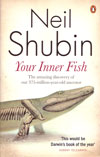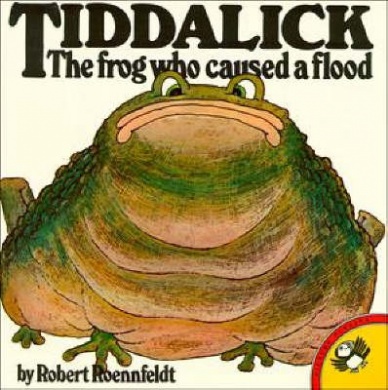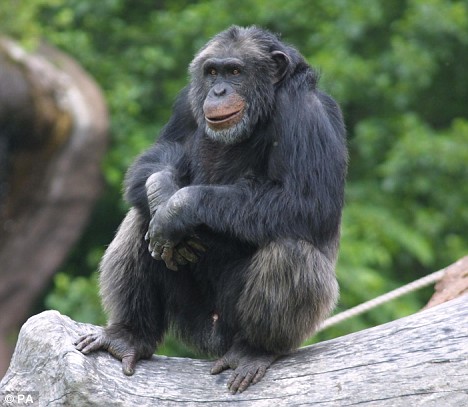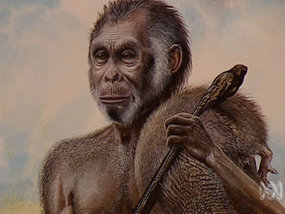 I have just completed reading one of those books that I picked up almost on a whim at a bookstore, but one where the author tricked me into thinking I was about to read about the significance of the discovery of one particular fossil, but before half way through he had enticed me to explore ever deeper understandings of the unity of all life on our planet. It’s a brilliant book, a must read, I would like to think, for anyone interested in an understanding of how and why humans are the way they are, and how our essential makeup can be studied across all other species, both today and past, back to the earliest multi-celled bodies.
I have just completed reading one of those books that I picked up almost on a whim at a bookstore, but one where the author tricked me into thinking I was about to read about the significance of the discovery of one particular fossil, but before half way through he had enticed me to explore ever deeper understandings of the unity of all life on our planet. It’s a brilliant book, a must read, I would like to think, for anyone interested in an understanding of how and why humans are the way they are, and how our essential makeup can be studied across all other species, both today and past, back to the earliest multi-celled bodies.
Your Inner Fish, by Neil Shubin, deserves every one of the cover blurb accolades from the Financial Times, Guardian, New Scientist, Nature, Sunday Times and Sunday Telegraph (the one used in this posts header).
I remember when the discovery of Tiktaalik first hit the news headlines, and have always been amused by the similarity of the name with an Australian aboriginal Dream Time frog, Tiddalik, who swallowed up all the water leaving others animals endangered until they figured out a way to trick the frog into releasing it all again. Many non-aboriginal Australian school children also know the story of Tiddalik from a number of children’s picture books that have been published about him in recent decades.
One piece of information depressed me somewhat. It was when Shubin was explaining the origin of first multicellular bodies. The means within cells that enabled them to unite to become multicellular had been there for millions of years before they actually did, but since multicellular bodies need much more energy, via oxygen, to survive, they had to wait till the earth’s atmosphere became much richer in oxygen to enable that development. But what was the catalyst that prompted the first multicellular bodies — and the beginnings of all multicelled life, and us? It was most plausibly the fact of predation, the contest between eating and being eaten. A larger multicelled body had a better chance of defence against being eaten, and then it also had a better chance of successfully consuming others.
So the fact of multicelled life forms is a depressing result of the savage violence of nature.
I suppose at some level I probably sort of knew something like this before reading Shubin’s book, but the concepts were crystalized and took on deeper meaning as a result of reading about the big picture of all life.
Another image that will stick with me was the way evolution works, and how we are really all in some distant sense modifications and mutations of each other. Take a very malleable fish and imagine twisting and stretching and pulling it into a new shape to be like a reptile or bird or mammal. (Not as completely bizarre as it might at first sound, since the same micro level processes and agents within skin that produce scales also are capable, with chemical different stimuli, of producing hair and feathers.) We might, if skilful and patient enough, be able to make the “fish” shape look like another species, but there will be trade-offs. What was a very efficient direct nerve line from the base of a skull to the breathing apparatus of the gills will become a convoluted and bizarre extended route for a nerve from the same starting point, the base of the skull, to the areas of the lungs way on the other side of the body and way further down from the skull base. Other processes will almost inevitably interfere with this most inefficient nerve route from time to time, and as a result we will get hiccups.
But other more serious problems also arise as a result of our inherited and mutated parts being used in ways for which they did not originally evolve. (Not that hiccups are not a serious problem for those who have them for years, even a lifetime.)
The beauty of the book is the way it demonstrates how all life forms share a common ancestry, that we are all related. And how understanding the DNA of life forms — and comparing it across species — enables us to understand the causes of certain diseases and deformities. I have more confidence that evolutionary science will bring us more hope for a healthier life span than faith in deities.
Not only does it demonstrate how we are all related, but how the evidence also demonstrates (as evolutionary theory predicts) how we can trace our family lineages back through time in the rocks. The picture of all life forms having one ancestor, and thus being all related, and seeing the ways in which our body parts and functions are directly a part of the whole of all living creatures, across species and back through time, is a powerful one.
There is real design in all living creatures. But it is not a perfect design. It is a remarkable and humbling design that demonstrates our shared ancestry. Some redesigned bits work well in new environments, but with tradeoffs, particularly susceptibility to certain diseases. Diseases and body vulnerabilities are not a punishment for sin, they are a tradeoff for evolutionary adaptations. Our skeletal structure was not originally meant for a creature to walk on two legs. Bad backs and easily twisted knees and ankles are something fish never experience, and we have inherited their skeletal structure twisted and extended to meet the requirements of our environment.
Not that the book is really about fish. As the author says, he could have just as easily have titled it, “Your inner fly” or “Your inner rodent” or “Your inner frog”. It would still be essentially the same book.
I did feel a little queazy, though, when I read of experiments that led to so much of this understanding of how evolution works. Deliberately testing genetic transplants across species to make two headed flies or flies with a leg where an eye should be. Did evolutionary scientists once, as children, while away fill bored moments with catching and pulling legs out of flies? It was when I left religion and found a new wonder and humility and poetry realizing I was a part of all life that gave me a new kind of respect for all other life forms.



